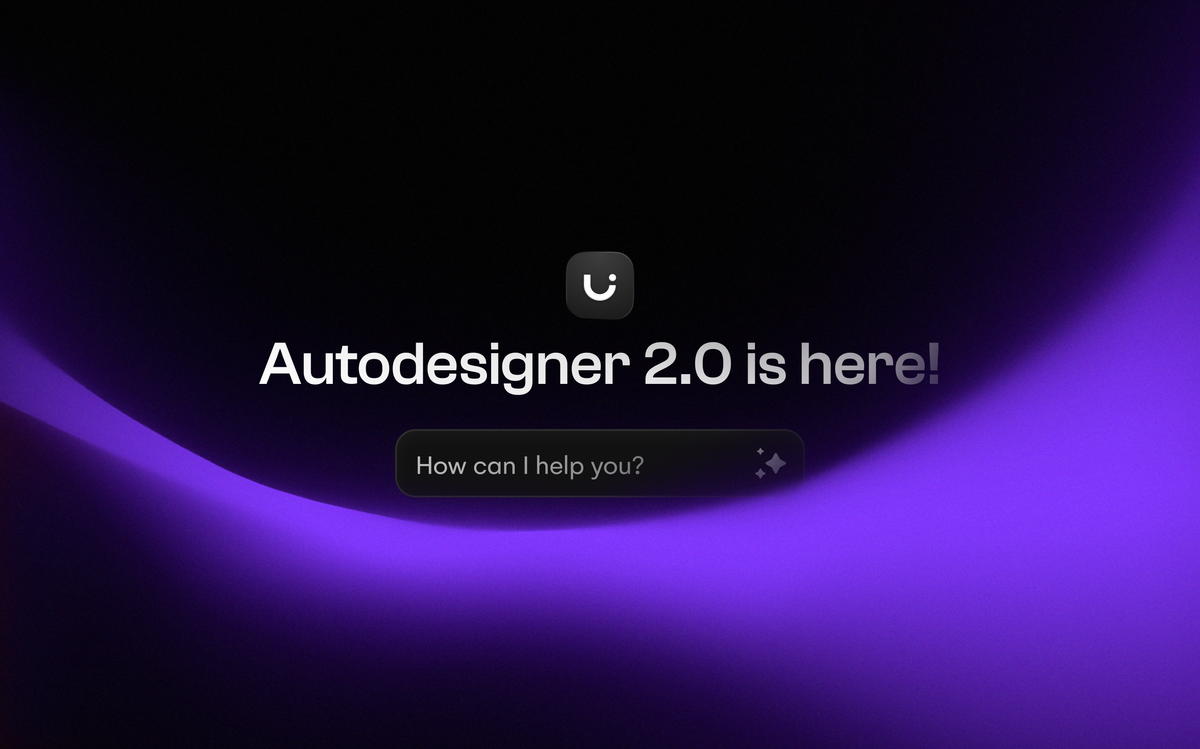
Uizard Autodesigner 2.0: Complete Buyer's Guide
Transforms text prompts into interactive prototypes through conversational AI
Uizard Autodesigner 2.0 represents a significant evolution in AI-driven UI/UX design tools, combining ChatGPT-like natural language processing with proprietary design engines to generate multi-screen prototypes from simple text commands[39][47].
Market Position & Maturity
Market Standing
Uizard Autodesigner 2.0 occupies a distinctive position in the AI mockup generator market through its conversational AI interface and enterprise collaboration focus.
Company Maturity
The company demonstrates strong enterprise adoption momentum with documented implementations at major organizations including Ingenico, Stllr, and Thuto[49][53][55].
Growth Trajectory
Growth trajectory analysis suggests sustainable expansion potential, particularly in enterprise segments where cross-functional collaboration pain points drive adoption.
Industry Recognition
The platform's 4.3/5 rating on G2 and Capterra reflects consistent user satisfaction despite noted limitations[51].
Longevity Assessment
Long-term viability appears strong based on enterprise customer retention and continued platform development.
Proof of Capabilities
Customer Evidence
Ingenico's enterprise implementation provides the most comprehensive proof of Autodesigner 2.0's capabilities at scale[49][54].
Quantified Outcomes
Ingenico achieved a 66% reduction in ideation time while generating over 200 screens in six months[49][54].
Case Study Analysis
Stllr's complete workflow transformation showcases rapid deployment success, with the company completely replacing pen-and-paper wireframing and resolving collaboration delays within single sprint cycles[53].
Market Validation
Market validation emerges through the 80% AI-generated UI creation rate[54][56].
Reference Customers
Enterprise customers include Ingenico, Stllr, and Thuto[49][53][55].
AI Technology
Uizard Autodesigner 2.0's technical foundation combines multiple AI technologies including Uizard's proprietary models, Anthropic AI, OpenAI's language models, and Stability AI's image generation capabilities[44].
Architecture
The platform's architecture centers on text-based component modification and end-to-end AI design automation[39][47][54].
Primary Competitors
Competitors include PixWrap, Canva, and Dynamic Mockups[5][14][18].
Competitive Advantages
Uizard's distinctive advantage lies in text-based component modification and end-to-end AI design automation[39][47][54].
Market Positioning
Market differentiation increasingly depends on genuine AI capabilities versus template automation.
Win/Loss Scenarios
Win scenarios favor Uizard for cross-functional teams requiring rapid prototype generation, while loss scenarios involve large-scale design systems or complete project export functionality[45][50][52][57].
Key Features

Pros & Cons
Use Cases
Pricing
Featured In Articles
Comprehensive analysis of AI Mockup Generators for AI Design for AI Design professionals. Expert evaluation of features, pricing, and implementation.
How We Researched This Guide
About This Guide: This comprehensive analysis is based on extensive competitive intelligence and real-world implementation data from leading AI vendors. StayModern updates this guide quarterly to reflect market developments and vendor performance changes.
57+ verified sources per analysis including official documentation, customer reviews, analyst reports, and industry publications.
- • Vendor documentation & whitepapers
- • Customer testimonials & case studies
- • Third-party analyst assessments
- • Industry benchmarking reports
Standardized assessment framework across 8 key dimensions for objective comparison.
- • Technology capabilities & architecture
- • Market position & customer evidence
- • Implementation experience & support
- • Pricing value & competitive position
Research is refreshed every 90 days to capture market changes and new vendor capabilities.
- • New product releases & features
- • Market positioning changes
- • Customer feedback integration
- • Competitive landscape shifts
Every claim is source-linked with direct citations to original materials for verification.
- • Clickable citation links
- • Original source attribution
- • Date stamps for currency
- • Quality score validation
Analysis follows systematic research protocols with consistent evaluation frameworks.
- • Standardized assessment criteria
- • Multi-source verification process
- • Consistent evaluation methodology
- • Quality assurance protocols
Buyer-focused analysis with transparent methodology and factual accuracy commitment.
- • Objective comparative analysis
- • Transparent research methodology
- • Factual accuracy commitment
- • Continuous quality improvement
Quality Commitment: If you find any inaccuracies in our analysis on this page, please contact us at research@staymodern.ai. We're committed to maintaining the highest standards of research integrity and will investigate and correct any issues promptly.